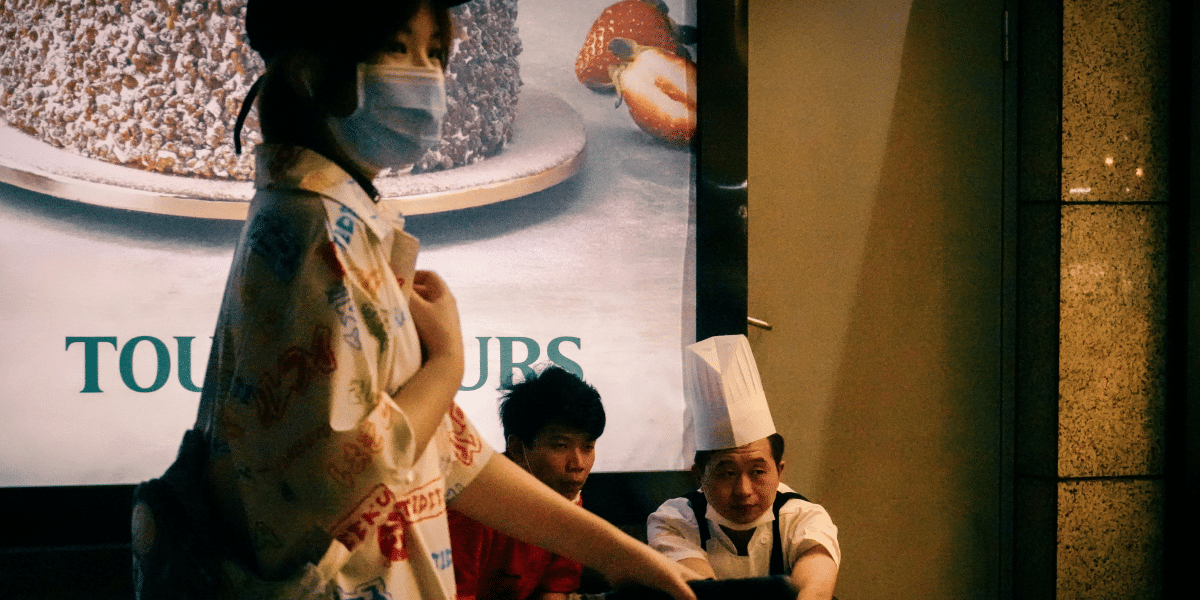The Power of Fashion in Cinematic Storytelling
In the world of film and television, fashion is more than just visual appeal; it’s an integral storytelling tool that deepens narratives and enhances character portrayals. The costumes worn by characters reflect the creative direction of costume designers and serve as essential elements in conveying character traits, historical settings, and emotional tones.
From iconic fashion moments that have left a lasting mark to subtle wardrobe choices that reveal a character’s personality, fashion in film and television shapes how stories unfold, influences audience perception, and contributes to the immersive cinematic experience.
Fashion as a Historical Time Machine
Costumes act as time machines, transporting viewers to different eras and cultural settings. From flapper dresses of the roaring twenties to the distinctive bell-bottoms of the disco era, fashion in film visually immerses audiences in various time periods. Detailed attention to historical costume accuracy allows filmmakers to recreate past eras authentically, offering viewers a rich, visually engaging journey into the past.
Character Expression Through Costume
Fashion serves as a visual language that communicates a character’s identity, social status, and personal journey. Carefully chosen attire allows actors to embody their roles more fully, with costumes providing cues that enhance character depth. Whether it’s the crisp suit of a powerful executive or the well-worn jeans of a rebellious teenager, clothing becomes an extension of the character’s story, offering insight into their motivations and inner world.
Reflecting Societal Trends and Shifts
As fashion evolves, so do costumes on screen, often mirroring broader societal shifts. Clothing choices in film and television capture cultural changes, political movements, and even economic realities. Costume designers play a key role in capturing the zeitgeist, dressing characters in ways that resonate with contemporary audiences. This adds authenticity to the narrative and creates a dialogue between the on-screen world and viewers’ everyday experiences.
From Screen to Red Carpet: Fashion’s Real-World Influence
Film and television’s influence on fashion reaches beyond the screen to impact real-world trends and red-carpet styles. Iconic looks from beloved characters often inspire fashion trends and influence designer collections. The close relationship between entertainment and fashion industries creates a dynamic exchange, with each inspiring the other. This connection shows that fashion extends beyond fictional realms and has a lasting effect on everyday life.
In the world of film and television, fashion transcends mere aesthetics; it is a narrative force that shapes characters, conveys themes, and reflects societal changes. From historical recreations to nuanced character wardrobes, the blend of fashion and cinema enhances storytelling and brings characters to life. As we appreciate the stunning visuals on screen, we recognize the impact of fashion, an often underappreciated yet crucial component in the cinematic experience.








